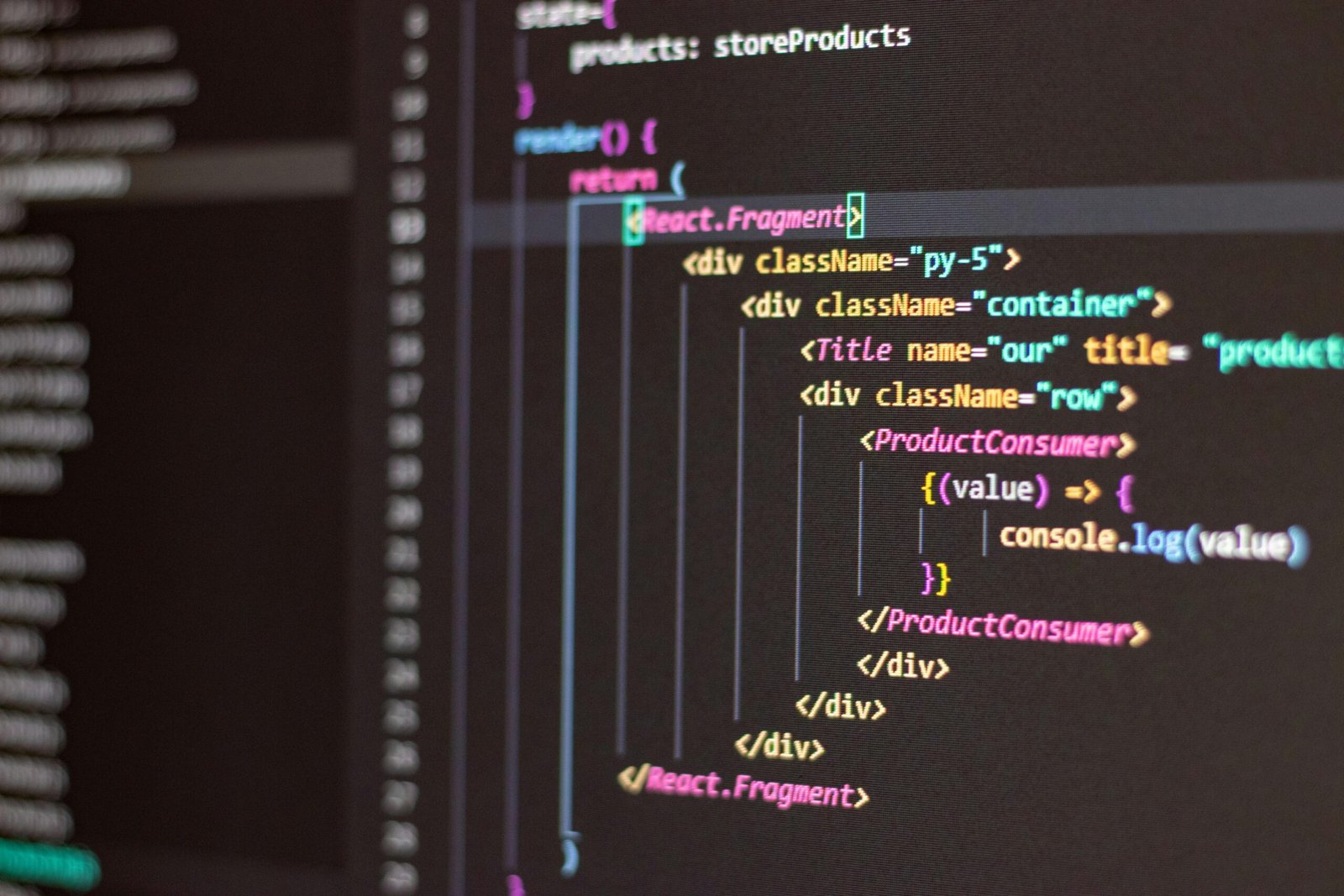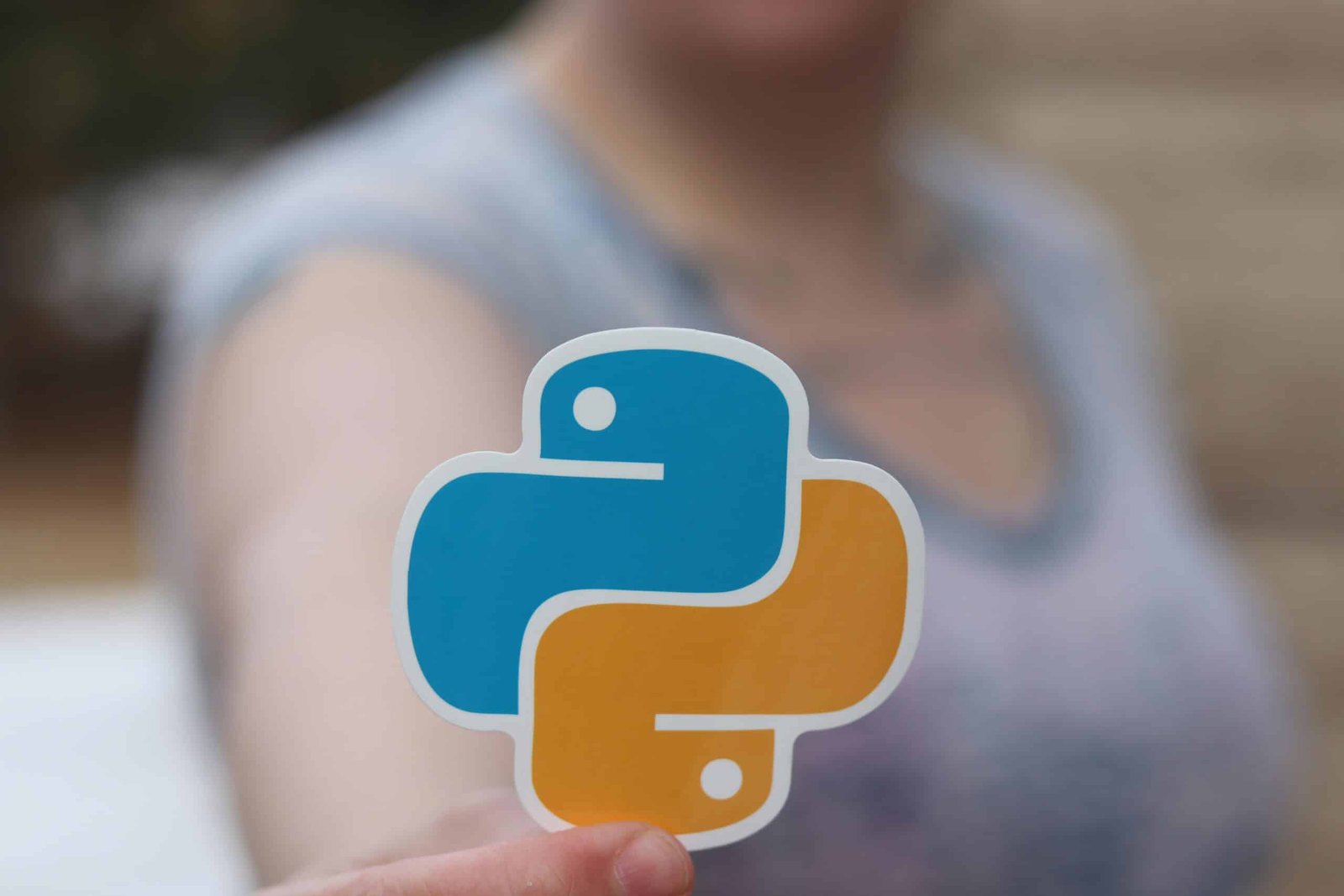In a world where technological advances are happening at breakneck speed, it might be easy to assume that the older, more traditional roots of programming languages like Java and Python have been eclipsed by their flashier, newer counterparts. However, the reality might surprise you. These old companions of the programming world continue to exert considerable influence and form the foundation of modern software development.
When we delve into the fascinating realm of programming languages, we discover a rich tapestry of history, innovation and enduring relevance. Java and Python, with their robust capabilities and extensive libraries, are a testament to the timeless adage "old is gold". So why exactly do these aging titans still reign supreme in an era dominated by buzzwords and fleeting trends? Let's embark on a journey through the digital landscape to uncover the secrets of why these old programming languages remain not only relevant, but indispensable in the ever-evolving technology ecosystem.
Development of programming languages: Tracing the roots of Java and Python
Exploring the evolution of programming languages reveals the rich history behind Java and Python. These old programming languages are still hugely relevant in today's tech world. Java, introduced by Sun Microsystems in 1995, revolutionized cross-platform compatibility. Its robustness and versatility make it a preferred choice for enterprise-level applications.
Python, on the other hand, which was developed by Guido van Rossum in the late 1980s, emphasizes readability and simplicity of code. Its extensive libraries and frameworks contribute to its popularity in web development and data science.
Although they are old, Java and Python are still indispensable in modern software development. Java is the basis for Android apps, while Python forms the backbone for machine learning and artificial intelligence projects. The longevity and adaptability of these languages demonstrates their continued relevance in a rapidly evolving industry.
Understanding the roots of Java and Python provides valuable insights into the lasting impact of programming languages on technological innovation. Their enduring relevance underscores the timeless importance of foundational languages in shaping the digital landscape.
Java vs. Python: A comparative analysis of functions and capabilities
When comparing Java and Python, it is important to understand their features and capabilities. Java, known for its robustness and platform independence, is often used in enterprise applications. On the other hand, Python is popular for web development and data science projects due to its simplicity and readability.
Static typing and the explicit declaration of variables in Java form a solid basis for creating complex applications. The extensive standard library and mature ecosystem make it the first choice for large-scale projects that require stability and security.
Python offers fast development and prototyping capabilities with its dynamic typing and precise syntax. It is favored in the data science community because of its extensive libraries such as NumPy and Pandas, which enable efficient data manipulation and analysis.
Although Java and Python are old programming languages, they are constantly evolving through updates and new features, demonstrating their adaptability and relevance in today's technology landscape. The decision between Java and Python ultimately depends on the specific requirements of the project and the skills of the development team.
Legacy systems and compatibility: The lifeline of old programming languages
Old programming languages such as Java and Python form the backbone of legacy systems and ensure compatibility and stability in today's rapidly evolving technology landscape. Despite the emergence of newer languages, these perennial favorites continue to play a crucial role in various applications and industries. The longevity of these languages demonstrates their adaptability and resilience over time.
Legacy systems based on old programming languages provide companies with a solid foundation for smooth operations. The familiarity and comprehensive support of languages such as Java and Python make them indispensable for organizations working with complex systems.
Compatibility remains one of the main strengths of these old programming languages and enables seamless integration with newer technologies and frameworks. This interoperability ensures that legacy systems can evolve in parallel with modern developments without compromising functionality.
The continued relevance of legacy programming languages lies largely in their ability to maintain the lifeline of older systems, driving innovation and efficiency in the digital age.
Community support and longevity: preserving the ecosystem
In the field of programming, the question of whether old programming languages are still relevant remains relevant. Support from the community plays a crucial role in maintaining the ecosystem of these languages.
Legacy programming languages such as Java and Python have stood the test of time thanks to their strong community support. This support ensures that these languages evolve with the changing technological landscape and remain relevant and adaptable.
The longevity of these languages is due not only to their original design, but also to the continuous efforts of developers and enthusiasts who contribute to their development. Community-driven updates and improvements ensure that these languages remain competitive and in demand in the industry.
By fostering a strong community support system, old programming languages can withstand the challenges of newer languages. This continued relevance underscores the importance of community support in ensuring the longevity and vitality of programming ecosystems.
The age-old debate: performance and efficiency in Java and Python
When it comes to the age-old debate between performance and efficiency in Java and Python, each language brings its strengths to the table. Java, with its strong typing system and static compilation, offers excellent performance for large-scale applications. On the other hand, Python is extremely efficient for rapid prototyping and development due to its simplicity and ease of use.
Although Java and Python are old programming languages, they continue to shine in today's technology landscape. Java's robustness and platform independence make it a top choice for enterprises, while Python's versatility and readability have made it popular in fields such as data science and machine learning.
In summary, while the debate over performance and efficiency in Java and Python rages on, the reality is that both languages have their place in modern development. Understanding the strengths and weaknesses of both languages can help developers harness the power of these old but still relevant programming languages.
Adaptability and versatility: how old languages remain relevant
Old languages have a timeless appeal due to their adaptability and versatility. Even in the technical field, old programming languages such as Java and Python continue to have relevance in today's landscape. Despite the influx of newer coding platforms, the continued relevance of these languages is a testament to their robust foundations.
The adaptability of old programming languages lies in their ability to evolve with the changing technological tides. Java, for example, with its object-oriented structure, remains a cornerstone in enterprise-level applications. Python, known for its simplicity and readability, has carved out a niche for itself in areas such as data science and artificial intelligence.
In addition, the versatility of these languages transcends trends and provides developers with a stable framework for innovation. Their extensive libraries and community support ensure that they remain a viable option for various projects. In an industry characterized by rapid advances, the continued relevance of legacy programming languages underscores their intrinsic value.
Security and stability: the strengths of established programming languages
Old programming languages such as Java and Python remain relevant in today's technology landscape due to their inherent strengths in terms of security and stability. These established languages have stood the test of time and proven their reliability in building robust and secure software systems.
Security is a primary concern in the digital age, and older programming languages excel in this regard with well-tested security features that have been refined over the years. Java, for example, prioritizes security with its built-in security protocols, while Python's simple and readable syntax reduces the likelihood of security vulnerabilities.
In addition, the stability of legacy programming languages ensures consistency and predictability in software development projects. Developers can rely on the mature ecosystems of Java and Python to ensure consistent performance and compatibility across different platforms.
To summarize, the continued relevance of legacy programming languages lies in their ability to provide a secure and stable foundation for modern software development. By utilizing these languages, developers can leverage their strengths and create robust applications that stand the test of time.
Industry applications: Success stories from the practice of Java and Python
Although Java and Python are considered old programming languages, they continue to dominate numerous industrial applications worldwide. Let's take a closer look at some practical success stories that illustrate the continued relevance of Java and Python.
In the financial sector, the robustness and scalability of Java have been crucial in the development of high-frequency trading systems. Its speed and performance make it the first choice for processing large amounts of data in real time.
On the other hand, Python impresses with its versatility in the field of data science and machine learning. Its simplicity and readability allow data scientists to quickly create and deploy prototypes of complex algorithms, leading to groundbreaking innovations in artificial intelligence.
In addition, Java has become an integral part of Android application development due to its cross-platform compatibility and serves a significant portion of the mobile app market. Python's ease of use and extensive libraries have also made it a favorite for web development and automation tasks.
These success stories underscore the continued importance and practicality of Java and Python in today's rapidly evolving technology landscape.
Embracing the future: Modernizing old languages for the challenges of tomorrow
In a rapidly evolving technology landscape, the debate around the relevance of legacy programming languages such as Java and Python continues to generate discussion. As we look to the future, modernizing these legacy languages is essential to effectively tackle the challenges of tomorrow.
The question "Are old programming languages still relevant?" echoes across industries, with enthusiasts and experts offering different perspectives. While newer languages offer advanced features, the robust foundations of Java and Python have stood the test of time. Adapting these languages to modern requirements offers the opportunity to utilize their proven capabilities while incorporating contemporary innovations.
By modernizing old languages, we bridge the gap between legacy systems and new technologies, promoting seamless integration and sustainable development practices. Embracing the future doesn't mean discarding the past, but using its strengths to propel us forward. As we move through the dynamic world of programming, the evolution of legacy languages remains a testament to their continued importance in shaping the technological landscape of tomorrow.
Conclusion: The timeless value of Java and Python in the technology landscape
Although Java and Python are considered "old" programming languages, they continue to have a timeless value in the ever-evolving technology landscape. Their continued relevance is due to their robust capabilities, versatility and widespread use across all industries.
Java's strength lies in its platform independence, which makes it ideal for developing applications that can run on any device or operating system. Its scalability and performance make it the first choice for enterprise-level projects. On the other hand, Python's simplicity and readability make it a favorite among developers for tasks such as data analysis, machine learning and web development.
Despite the emergence of newer languages, Java and Python remain indispensable worldwide due to their extensive libraries, strong community support and proven track record in supporting mission-critical systems. As technology continues to advance, these languages are constantly adapting and integrating new features to meet modern development needs, ensuring their relevance for years to come.





